
Spinning® and Yoga – A Natural Combination
Posted by Spinning® on Sep 2nd 2020
Although yoga has gained tremendous popularity in the fitness industry, it has long been a time-honored and respected Hindu tradition – a purifying and healing meditation. And it’s no wonder people are turning to yoga now more than ever – we all seek a purifying and healing way to calm our inner terrain during these trying times.
But what, really, is yoga all about and how can it benefit your Spin® rides?
In Sanskrit (the ancient language of India), yoga means “union.” A centuries-old Eastern philosophy practice throughout Asia, yoga is a rejuvenating, cleansing process that frees the mind for meditation and enlightenment, connecting the mind and body to heal, grow and develop deeper self-awareness. Although there are many types of yoga, the majority of classes draw on hatha yoga, a discipline that focuses on different asanas (poses) and breathing.
As new, modified versions of yoga continue to gain popularity, the yoga community has become sharply divided between traditionalists and fitness enthusiasts looking for the next hot trend. While it’s understandable that traditional yogis have reservations about modified versions of this sacred practice now taught in gyms, yoga-inspired fitness fusion workouts do have their place. Although these classes clearly lean toward core fitness training as opposed to a spiritual practice, all yoga draws on the mind/body connection – and as is true with Spinning®, the body follows the mind.
Whatever your goal – increased endurance, weight loss, strength building or all of the above, yoga not only provides a tremendous fitness foundation, it draws on over five thousand years of teaching and meditative practice to quiet the mind so it can more deeply connect with the body. This makes it the ideal complement to the Spinning® program. Many of the asanas that follow are particularly helpful to cyclists because they help elongate muscles that are overused during repetitive movement, release tension and improve breathing and posture, on and off the bike.
Since cycling relies almost entirely on the lower body, including the quadriceps, hamstrings, IT band, hip flexors and glutes, stretching is the best preventative means to ward off injury. That’s because when flexibility wanes, the shock that would normally be absorbed by the muscles is assumed by the joints, like the knees, lower back and neck. By stretching these muscles frequently with yoga, you will not only release tension, but ride better and reduce stress or strain to other areas of the body.
There are several asanas that target the hamstrings and hip flexors, and some may look familiar – even to new yogis. All stretching is rooted in yoga, and even the simplest movements can be beneficial.
LEG ASANAS
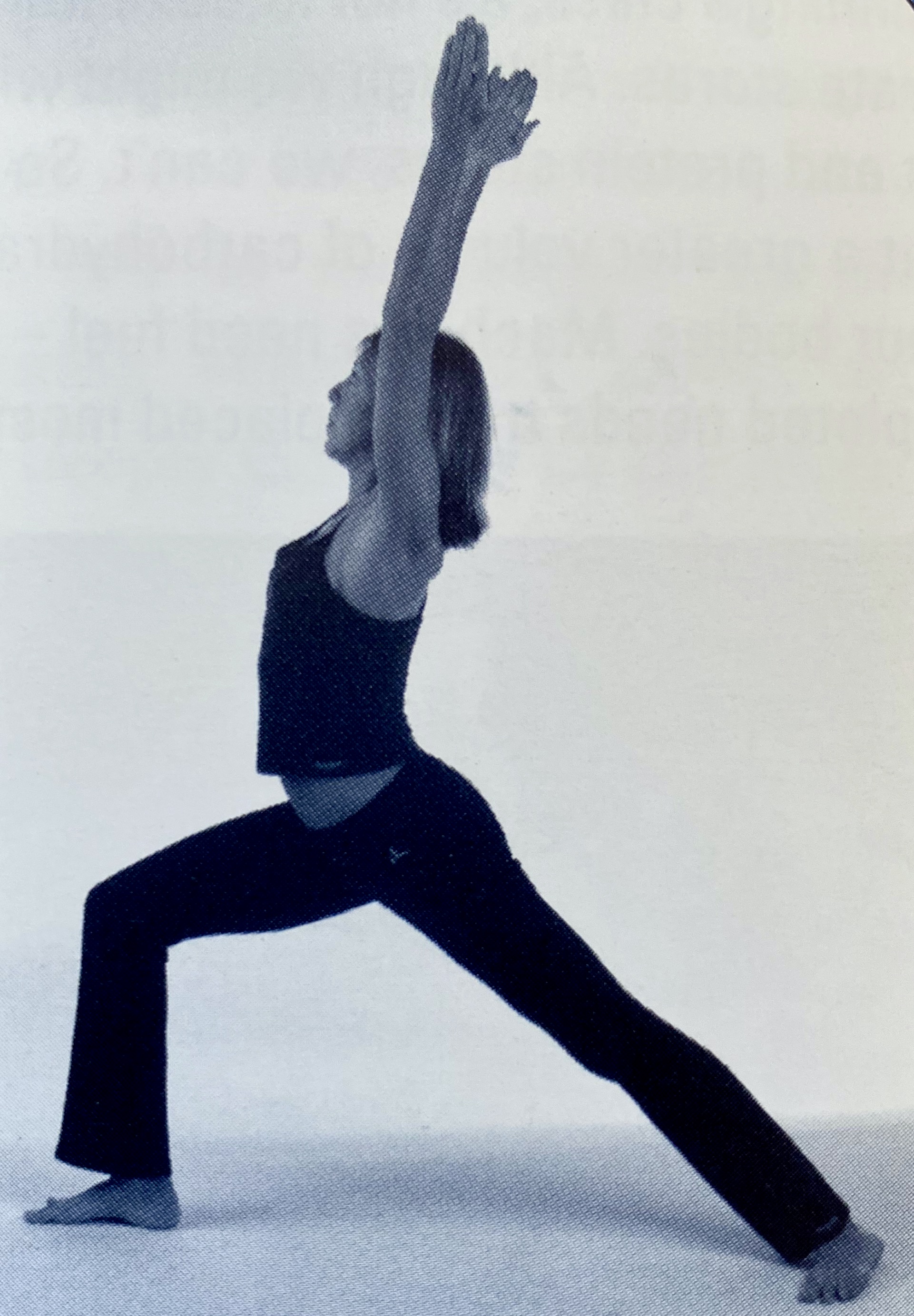 Warrior Pose (Virabhadrasana II) is a simple stretch that looks like a deceivingly easy lunge. This movement strengthens and stretches the legs, hip flexors, groin and even relieves backaches. To experience an even better stretch, we recommend you modify this pose. Assume a lunge position and carefully place the back leg on the floor (use a towel for a cushion, if necessary), maintaining flexion in the knee. Keep the torso upright, aligned center. Inhale then hold the stretch. Switch legs after 30-60 seconds. Come up and reverse.
Warrior Pose (Virabhadrasana II) is a simple stretch that looks like a deceivingly easy lunge. This movement strengthens and stretches the legs, hip flexors, groin and even relieves backaches. To experience an even better stretch, we recommend you modify this pose. Assume a lunge position and carefully place the back leg on the floor (use a towel for a cushion, if necessary), maintaining flexion in the knee. Keep the torso upright, aligned center. Inhale then hold the stretch. Switch legs after 30-60 seconds. Come up and reverse.

Downward Facing Dog (Adjo Mukha Svanasana) is one of the most well-known yoga poses – it’s a rejuvenating stretch for the hamstrings and calves and strengthens the arms and legs. Facing the floor on your hands and knees, feet hip-width apart, exhale and lift your knees away from the floor. Press your tailbone towards your pelvis, gradually press your heels toward the ground and straighten the knees. Be careful to not lock them. Lengthen your torso and arms, stretching forward, elongating the back, while pressing the pelvis towards the ceiling.
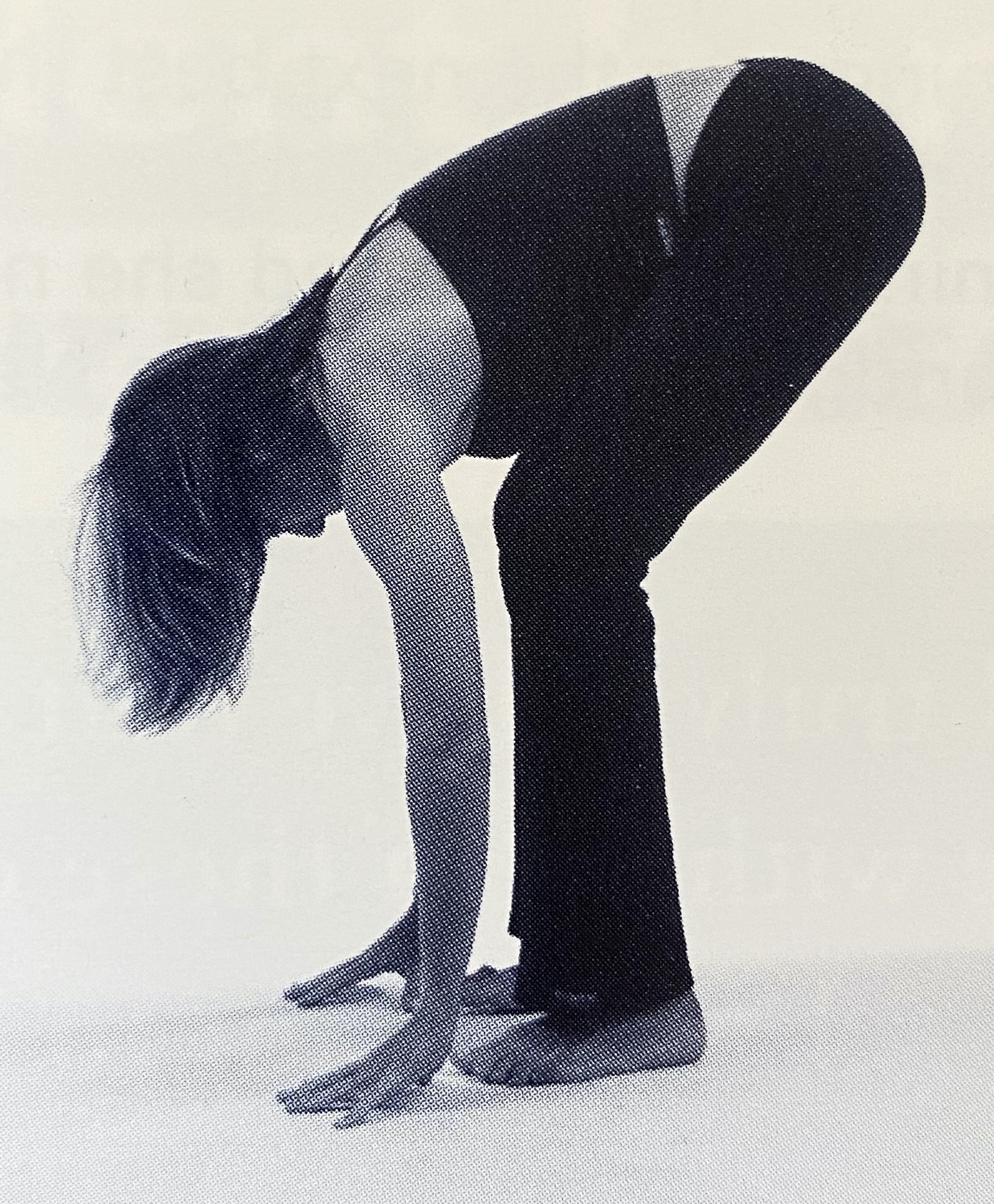
Standing Forward Bend (Uttanasana) is another excellent hamstring stretch that is particularly helpful for cyclists. Exhale and bend forward from the hips as you lengthen the torso, slowly bringing the palms to ankles. If you can’t reach that far, cross your arms with your heels firmly planted on the floor and breathe into the stretch.
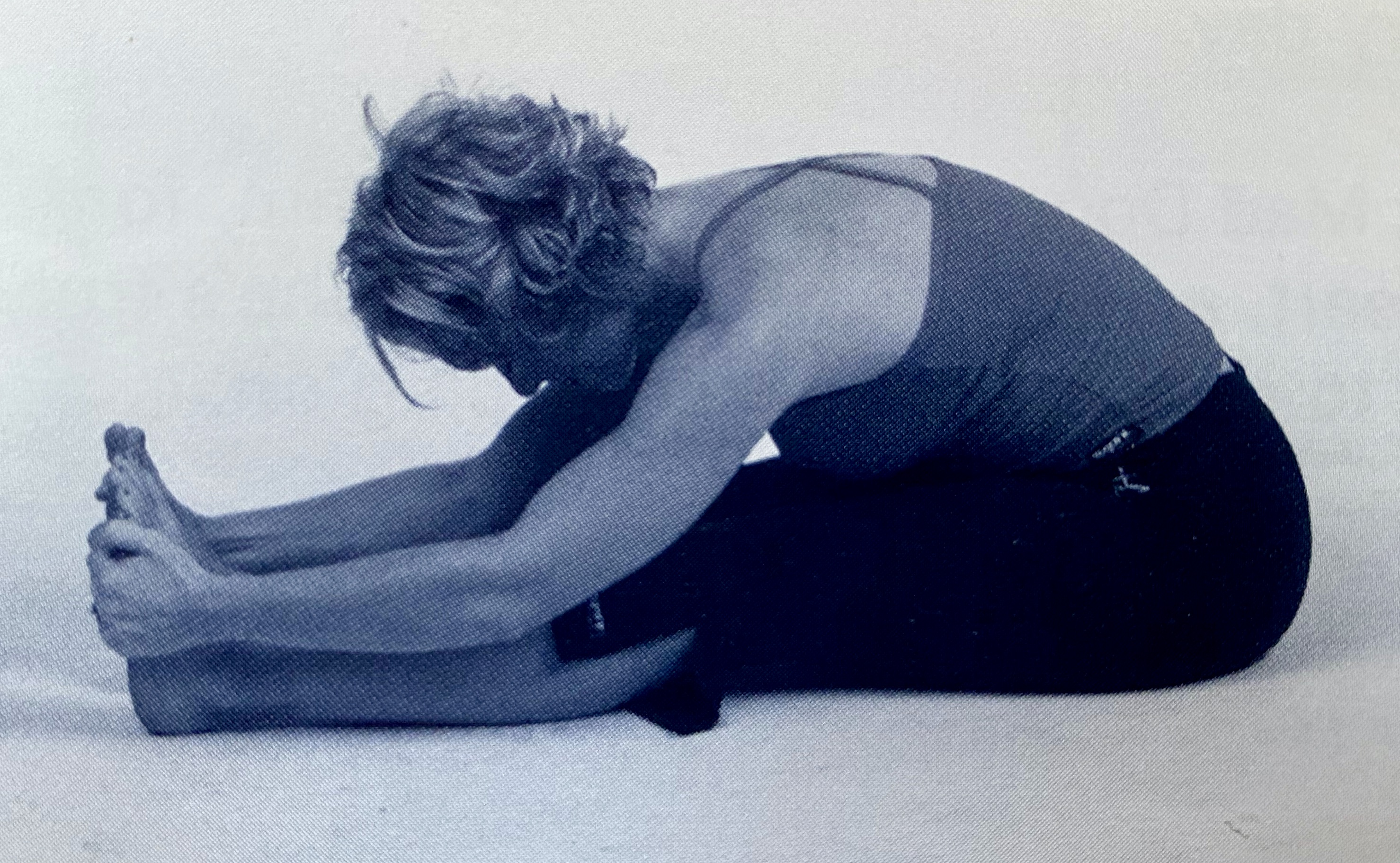
Seated Forward Bend (Paschimottanasana) literally means “intense stretch of the west.” Sit on the floor with legs straight in front of you, pull the groin into the pelvis and elongate the spine as you reach towards flexed feet. Beginners should be careful to stretch only as far as comfortable, hold and return to the starting position without bouncing.
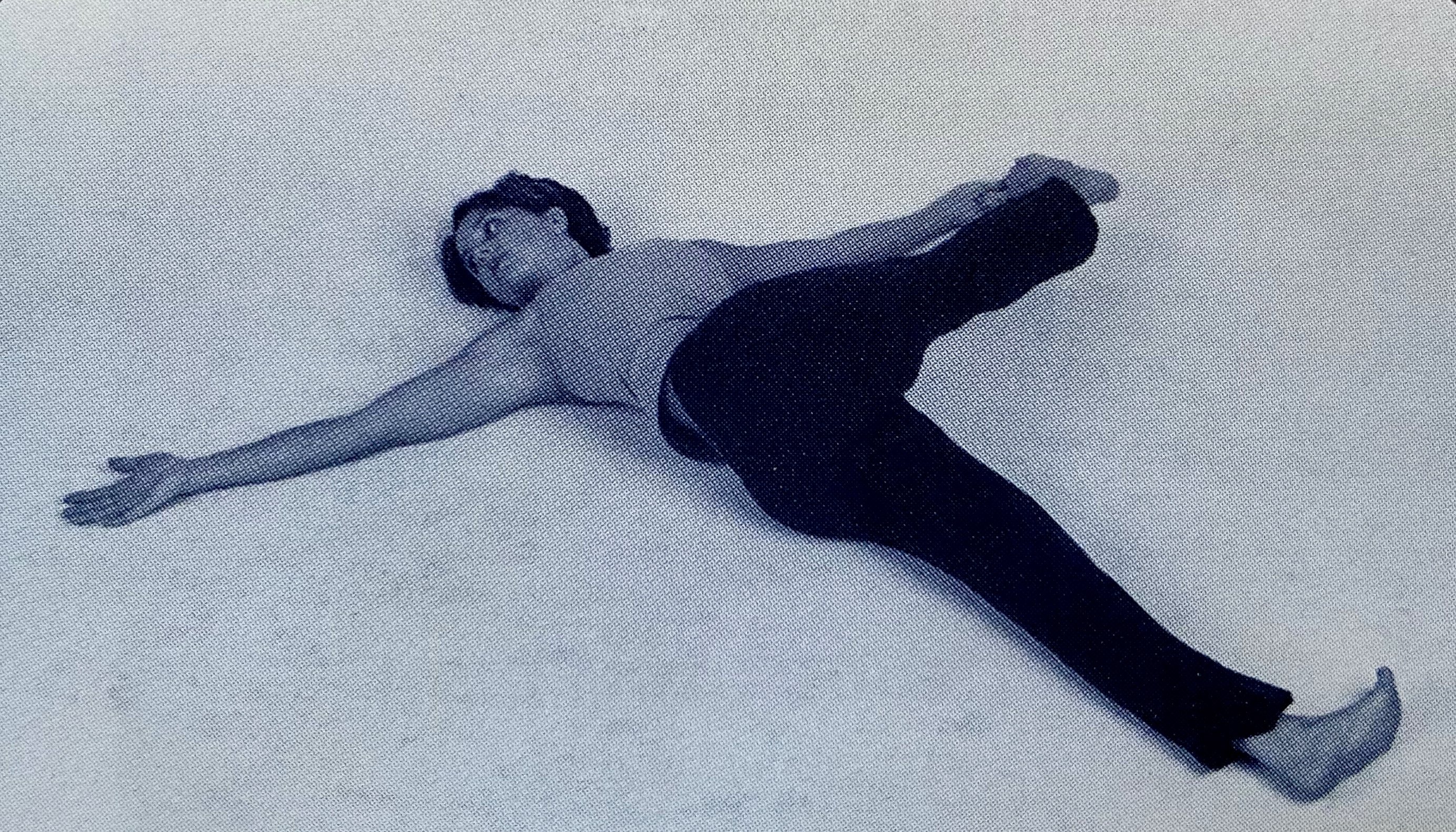
Last and most importantly, a variation on the Reclining Big Toe Pose (Supta Padangusthasana) is an incredible stretch for the IT band, which is hard to target in other stretches. Lie on your back, legs stretched out on the floor in front of you. Lift one leg up to 90 degrees or to a stretch that is comfortable. Slowly lower the raised leg to the side, crossing it across your torso. This should feel similar to a seated twist. Hold the raised leg to the side, return to starting position and reverse.
BACK ASANAS
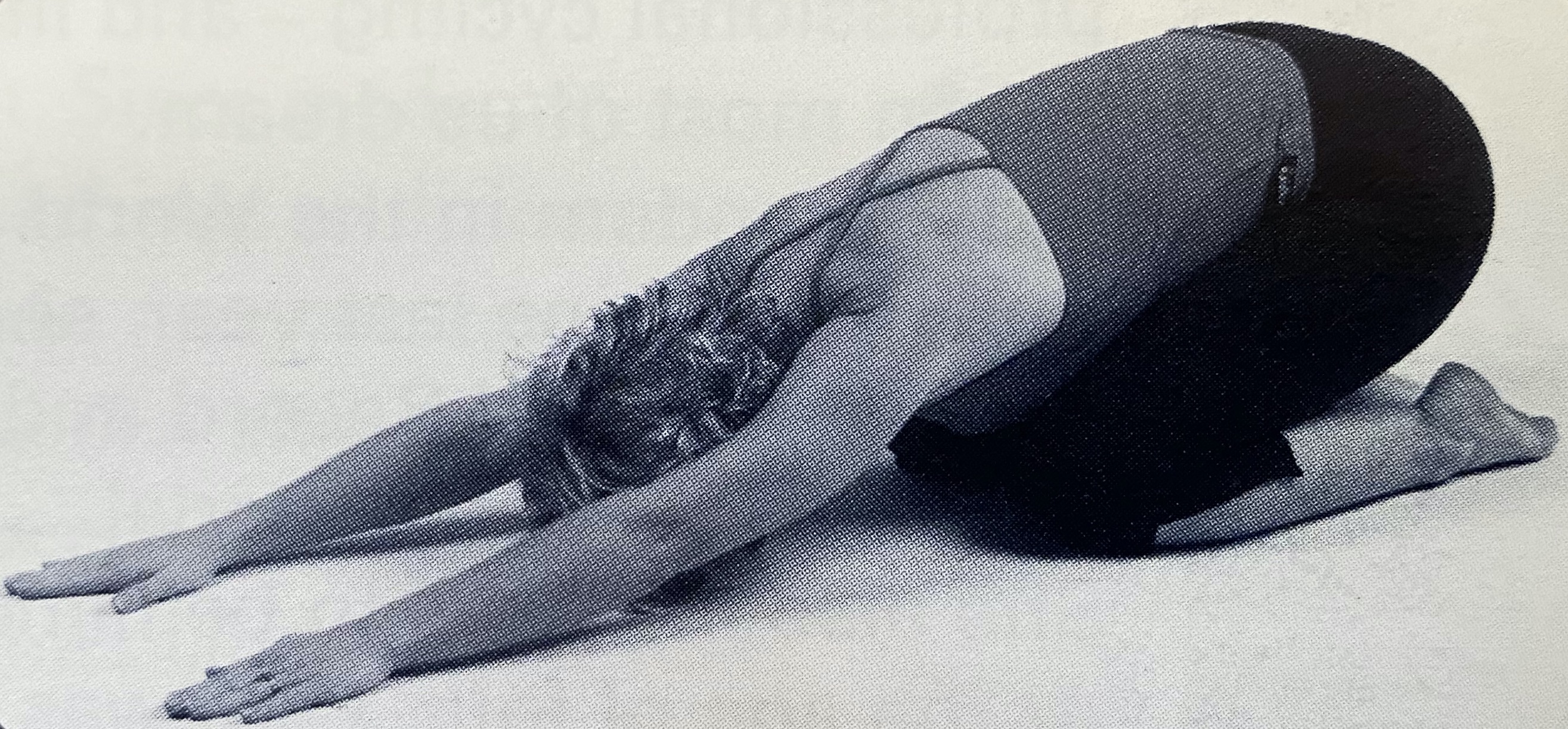
The next sequence of asanas is particularly welcome after a long ride because they relax and stretch the lower back. Take time to rest in these two gentle poses – they’re a little slice of heaven. Child’s Pose (Balasana) is a gentle asana that calms the mind and relieves back and neck pain. Begin by kneeling on the floor with legs separated at hip distance. Exhale. Lie the torso between the thighs and hands on the floor. This is pose is great post-ride.
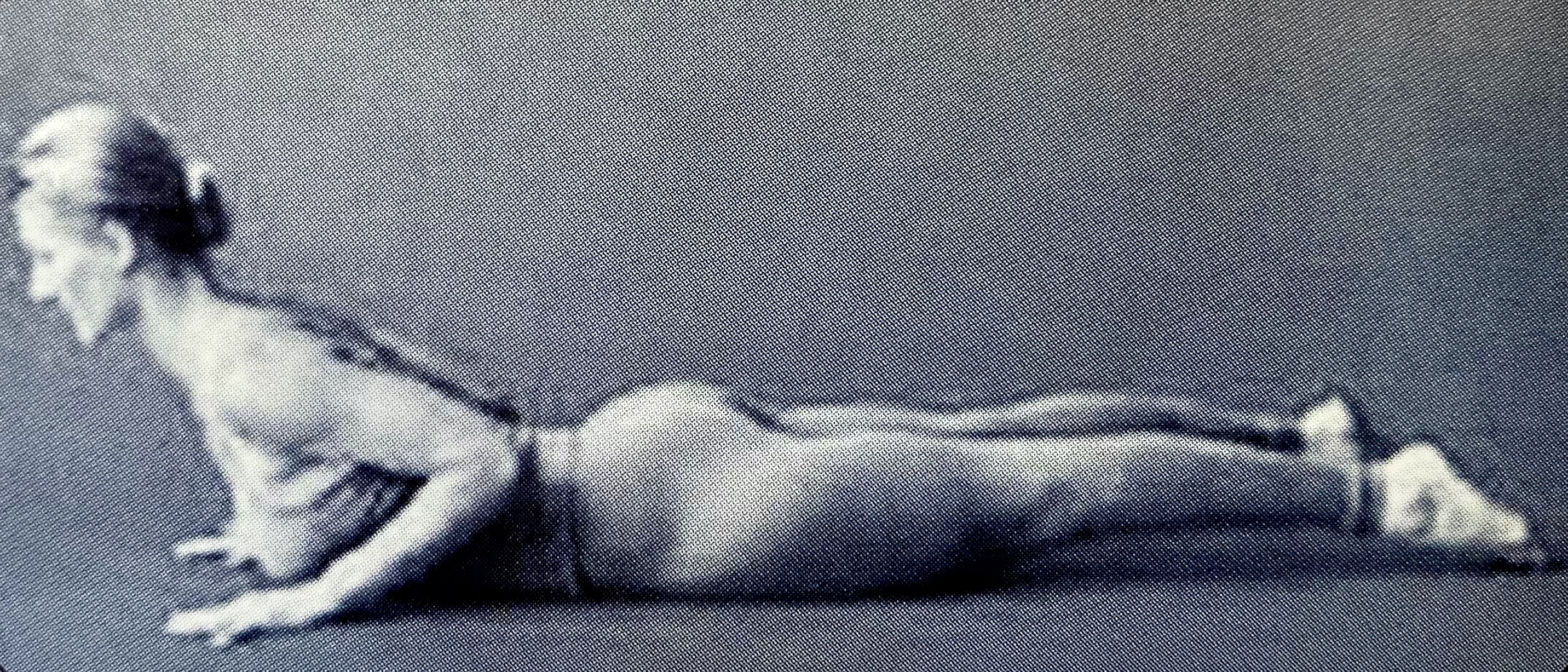
Similarly, Cobra Pose (Bhujangasana) stretches the back, neck, chest and abdomen. A variation of this pose is typically recommended by instructors after a hard abdominal workout. Note: If you experience any lower back pain, please do not perform this movement. Lie on the floor with tops of feet facing down. Draw your elbows back and place your hands on the floor, parallel to your chest. Inhale and lift the chest slowly, keeping the legs and hips on the floor. If this is uncomfortable, you may also modify this stretch by placing the forearms on the floor. To increase the stretch, press the shoulder blades together. Hold this pose for as long as it’s comfortable, release and repeat. If you choose, finish the sequence by relaxing in Child’s Pose again.
All of these asanas are intentionally simple but can be modified in length and position for a deeper stretch. For detailed descriptions and accompanying breathing for these poses and many more, pick up a book or search the internet for information on yoga poses, or better yet, take a class! Take care of yourself in these days – in mind, body, and spirit. Namaste.
Cover Photo Credit: Micah Archibald
